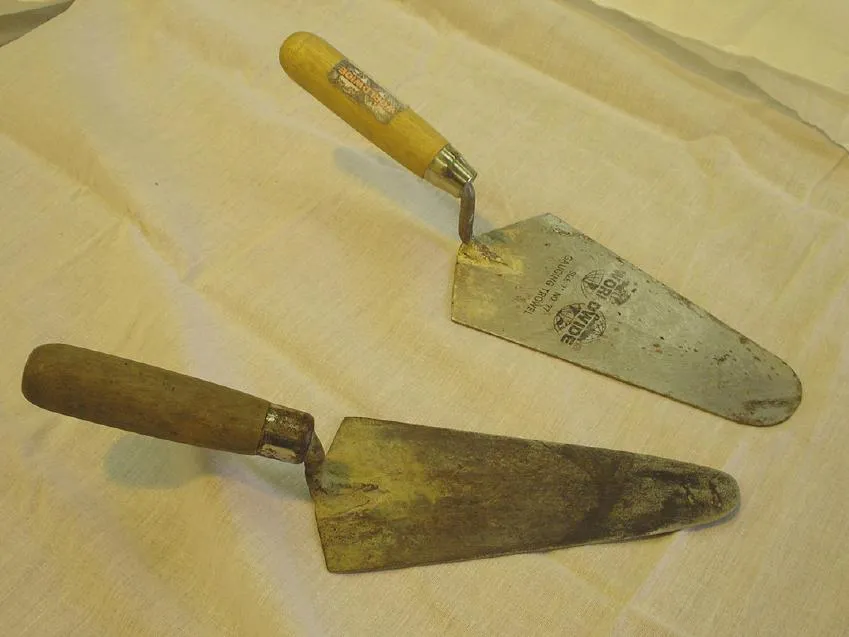
- 160 pages
- English
- ePUB (mobile friendly)
- Available on iOS & Android
About this book
If you have never fixed a roof tile or slate before but have wondered how to go about repairing or replacing them, then this is the book for you. Many of the technical books about roof tiling and slating are rather vague and conveniently ignore some of the trickier problems and how they can be resolved. In Roof Tiling and Slating, the author rejects this cautious approach. Kevin Taylor uses both his extensive knowledge of the trade and his ability to explain the subject in easily understandable terms, to demonstrate how to carry out the work safely to a high standard, using tried and tested methods. Topics covered: considers the various types of tiles, slates and roofing materials on the market and their uses, how to estimate the required quantities, and where to buy them; discusses how to check and assess a roof and how to identify and rectify problems; describes how to efficiently 'set out' roofs from small, simple jobs to larger and more complicated projects, thus making the work quicker, simpler and neater; examines the correct and the incorrect ways of installing background materials such as underlay, battens and valley liners; explains how to install interlocking tiles, plain tiles, and artificial and natural slates; covers both modern and traditional methods and skills, including cutting materials by hand without the assistance of power tools; provides invaluable guidance on repairs and maintenance issues, and highlights common mistakes and how they can be avoided.
Frequently asked questions
- Essential is ideal for learners and professionals who enjoy exploring a wide range of subjects. Access the Essential Library with 800,000+ trusted titles and best-sellers across business, personal growth, and the humanities. Includes unlimited reading time and Standard Read Aloud voice.
- Complete: Perfect for advanced learners and researchers needing full, unrestricted access. Unlock 1.4M+ books across hundreds of subjects, including academic and specialized titles. The Complete Plan also includes advanced features like Premium Read Aloud and Research Assistant.
Please note we cannot support devices running on iOS 13 and Android 7 or earlier. Learn more about using the app.
Information
Tools and Equipment
HAND TOOLS
Measuring Tape
Folding Rule
Gauging Trowel
Nail Pouch
Chalk Line/Wet Red Line
Trimming Knife
Cordless Drill/Screwdriver



Slater’s ‘Break or Bench’ Iron and Slate Knife
Slate-Holing Machines
Slate Cutters (Hand-Held)
Claw Hammer or Lath Hammer
Pick Hammer

Cross Pein Hammer
Tile Nibbler
Table of contents
- Cover
- Title Page
- Copyright
- Contents
- Preface and Acknowledgements
- Introduction
- CHAPTER 1: Tools and Equipment
- CHAPTER 2: Materials
- CHAPTER 3: Roof Types, Details and Design Considerations
- CHAPTER 4: First Essential Steps
- CHAPTER 5: Installing Background Materials
- CHAPTER 6: Interlocking Tiles
- CHAPTER 7: Plain Tiles
- CHAPTER 8: Natural Slates (Regular Sized, Centre Nailed)
- CHAPTER 9: Artificial Slates (Fibre-Cement)
- CHAPTER 10: Basic Flashings
- CHAPTER 11: Repairs and Maintenance
- Appendix: Estimating Materials
- Glossary
- Useful Contacts
- Index